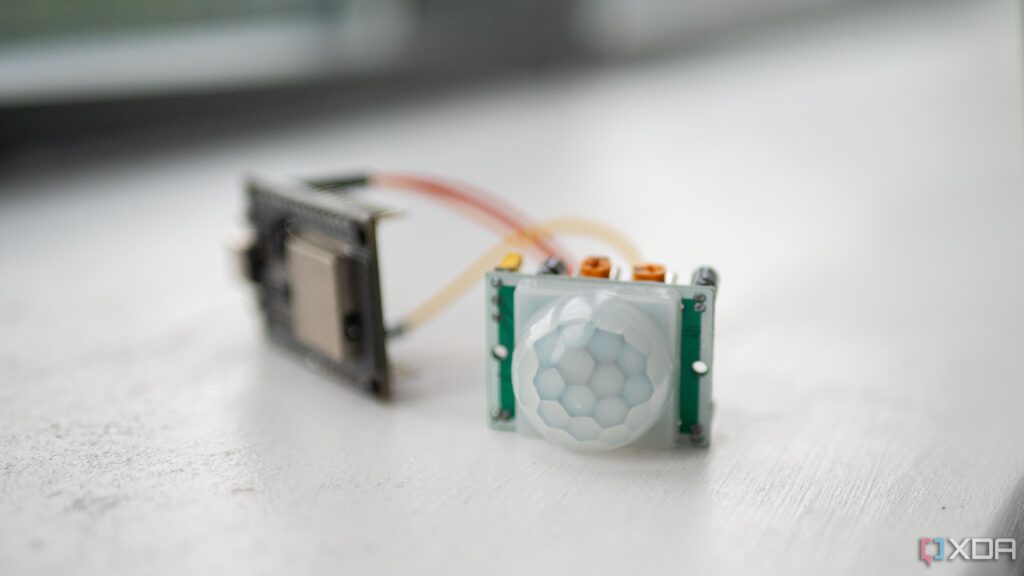
UPDATE: Groundbreaking solutions for privacy-respecting smart homes have just been unveiled! As homeowners seek alternatives to invasive cameras and cloud systems, experts reveal five innovative methods to create a presence-detecting smart home environment that safeguards personal data.
Why This Matters NOW: With privacy concerns escalating, these solutions provide immediate, practical options for homeowners to enhance their smart living spaces while maintaining control over their data.
1. Bluetooth Technology: Leveraging Bluetooth connectivity, homeowners can use inexpensive listeners to identify who is nearby based on signal strength. Devices like smart hubs and ESP32 modules can operate offline, ensuring your personal data remains within your home. This setup allows for automated features like personalized lighting and music that respond to your presence.
2. Wi-Fi Presence Detection: Utilizing existing Wi-Fi networks, homeowners can detect when devices are connected, providing a straightforward method to determine if someone is home or away. By setting up DHCP reservations for key devices, homeowners can assure stable tracking, making it easier to automate home environments based on occupancy.
3. Motion Sensors: The latest advancements in motion detection technology, including mmWave radar, allow for precise tracking of even the smallest movements. This innovative approach overcomes limitations of traditional infrared sensors, ensuring that lights and other devices respond promptly to occupants in any room.
4. Smart Plugs: Energy-monitoring smart plugs can serve as effective presence indicators. By detecting energy usage spikes, these devices can infer occupancy. For instance, if a TV is drawing 60 watts, it signals someone is in the living room, creating a seamless smart home experience without relying on cloud services.
5. Door Sensors: Magnetic contact sensors on doors provide a clear signal of entry or exit. This straightforward method can trigger automations, such as lighting and heating adjustments, based on whether doors are opened or closed.
What’s Next: As these technologies gain traction, homeowners are encouraged to explore these options for creating a smarter, more private living environment. These methods not only enhance daily convenience but also ensure that personal data remains secure and private.
With these five privacy-first solutions, anyone can transform their home into a smart, responsive environment that respects individual privacy. Share this article to help others discover how to protect their data while enjoying the benefits of smart home technology!





